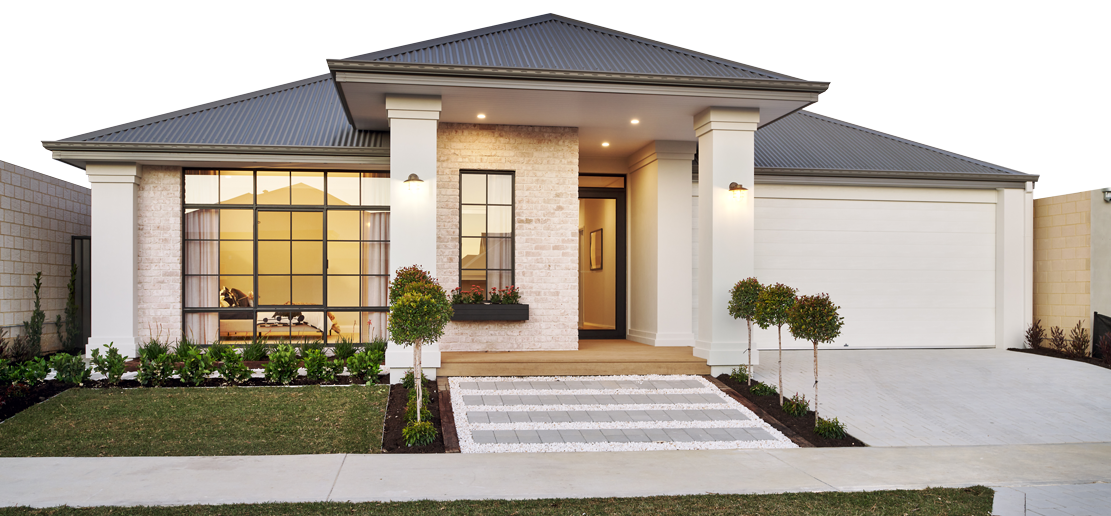After three years of record growth, Perth remains the most affordable capital city in Australia to buy property in.
If you’re looking to invest in property, it’s important to understand what development yield is and how it works, to ensure a good return. We chatted with Summit’s Senior Development Architect, Quentin Lau about development yield and what it means for you.
What exactly is Development Yield?
Every property has a designated use and its zoning determines its development yield.
Development yield simply means the number of dwellings and/or lots which could be created.
For properties which are zoned for residential use, we can reference the state and local government’s planning framework to calculate the maximum development yield.
This planning framework is outlined in the Residential Design Codes and the Local Planning Policies and Schemes.
As such, we may need to reference more than one document which is why the knowledge of an experienced developer is essential in knowing what codes and/or policies may be applicable.
There are provisions within the planning framework which allows the Planning Commission to grant dispensations to the minimum or average lot areas when certain conditions are met.
When assessing the development yield of a property, we need to ascertain the maximum yield and then to determine the optimum yield.
Maximum yield is what the planning framework will permit, whilst optimum yield is what is feasible by analysing criteria such as our client’s ability to fund the project, associated risks, return on investment and design aesthetics.
For example, to maximise the development yield of a site, you may need to construct a high-rise apartment which may be beyond one’s financing capacity and the high construction cost and extended time frames may diminish the return on investment.
As a general rule, if the land value is low, maximising development yield may not provide maximum return. This is where maximising yield would not be the optimum yield.
What is considered a good development yield?
From an investment perspective, it is when the yield maximises the return on investment. This may not necessary be the maximum yield as we need to be conscious of diminishing returns and project risk.
For some individuals, commercial gains may be irrelevant. Instead, they may want a lot yield to meet the needs of the family.
For example, a client may want two large houses rather than four small villas. Similarly, a client may need three villas to provide accommodation for himself and his children.
Discussions needs to take place at the onset to understand the needs of clients and their financing capacity as this will set the design parameters.
We may also need to look at future redevelopment potential, so it is not uncommon to see partial development of the site (ie: retain land for staged developments).
Stage developments may be considered due to possible zoning changes or to meet financing conditions.
How do you calculate it?
In most instances, we use Table 1 within the Residential Design Codes (Volume 1) to calculate development yield.
We need to select a category of development – single house, grouped dwellings and multiple dwellings.
Calculating optimum yield is a bit more complex as it requires a detail analysis of factors. This is where clients would need an experience Consultant or Development Architect to assist.
Factors which may include;
- Financing amount and terms
- Height limits
- Parking requirements
- Road widening
- Easements
- Development contribution
- Development time
- Building size
- Open space
- Plot ratios
- Buyers expectations.
For instance, the zoning may provide a development yield of five lots. However, the existence of a sewer easement (which is very common), may limit the number of lots to four.
How do you get the best possible yield for your investment property?
Each individual project requires a detailed assessment of a client’s risk appetite, financing ability, zoning and site characteristics. It is a case-by-case basis which is why it’s important to seek the advice of a development expert.
INTERESTED IN DEVELOPING?
If you would like to optimise, secure and protect your wealth, speak to one of our senior development consultants today.




